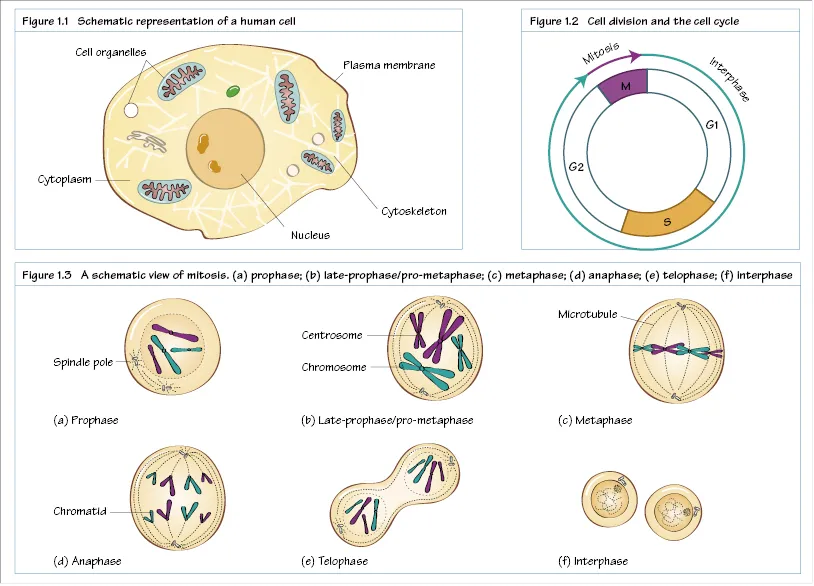
- English
- ePUB (mobile friendly)
- Available on iOS & Android
Medical Sciences at a Glance
About This Book
Medical Sciences at a Glance
The market-leading at a Glance series is used world-wide by medical students, residents, junior doctors and health professionals for its concise and clear approach and superb illustrations.
Each topic is presented in a double-page spread with clear, easy-to-follow diagrams, supported by succinct explanatory text.
Covering the whole medical curriculum, the series now includes workbooks and case books, which allow you to put your knowledge to the test.
Everything you need to know about Medical Sciences… at a Glance!
The definitive companion for medical science study and revision
Medical Sciences at a Glance consolidates the scientific knowledge a student needs to provide a solid framework of key facts to build on. Concise, easy to follow, written specifically for medical students, and conveying key concepts through the unique at a Glance style, Medical Sciences at a Glance also demonstrates vital links between different topics and across systems. It is the perfect resource for bridging the gap between A-Level and university, studying a new topic, revising for exams, or refreshing knowledge while on placement.
Key features:
- Fully cross-referenced to Medicine at a Glance – together they cover the core concepts of an entire medical degree
- Highlights key points and their clinical relevance for quick revision and retention of what's most important
- Brings together all the scientific content on a medical course in one easy-to-read, highly-illustrated title
Medical Sciences at a Glance provides the vital scientific grounding needed to succeed at medical school.
All content reviewed by students for students
Wiley-Blackwell Medical Education books are designed exactly for their intended audience. All our books are developed in collaboration with students, which means our books are always published with you, the student, in mind.
Frequently asked questions
Information

Tissues
- Epithelial tissue is found at the boundaries of structures in the body. The basal (basolateral) side faces the underlying tissue, which provides nutrients and support, while the apical side is exposed to a different environment. For instance, the apical side of intestinal epithelium faces the inside of the intestine and is exposed to constituents from (digested) food; the apical side of stomach epithelium is exposed to the acidic environment inside the stomach; lung and skin are exposed to air. Secreting glands are also formed by epithelial tissue. There are distinct types of epithelial structures:
- stratified epithelium: formed by layers of epithelial cells;
- simple epithelium: formed by a single layer of cells;
- squamous epithelium: formed by cells which are wider than tall;
- columnar epithelium: formed by cells which are taller than wide.
- Stratified squamous epithelium can be keratinised, forming a hard and dry layer as found in the skin, nails and hair, or non-keratinised, which is found in soft tissue such as the inside of the mouth. An example of simple columnar epithelium is the lining of the stomach.
- Connective tissue provides structure and rigidity. It is characterised by a large space between cells, which is filled with fibrous material that is part of the extracellular matrix. Fibroblasts are the most common cell type in connective tissue. Adipose tissue stores energy in the form of fat, but is also important for the protection and insulation of organs and is now recognised as having an endocrine role. Other types of connective tissue include blood, cartilage and bone.
- Muscle cells (myocytes) are characterised by their ability to contract when they receive appropriate signals. There are three different types of muscle tissue: skeletal muscle is directly attached to bones; cardiac muscle is the muscle of the heart; smooth muscle lines blood vessels and organs of the body.
- Nerve cells can sense stimuli and transfer electrical signals to chemical signals, which are sensed by surrounding cells. Nerve cells can have long extensions that are involved in the sensing and transmittance of signals (Chapters 18 and 19).
Cell division
- Mitosis, in which each daughter cell acquires the same amount of genetic material as the parental cell.
- Meiosis, in which each daughter cell acquires half the amount of genetic material of the parental cell, only occurs in specialised germ tissue.
- Prophase: the DNA/chromatin condenses and the characteristic chromosomes become visible. The mitotic spindle starts to form outside the nucleus.
- In the late prophase/pro-metaphase, the nuclear membrane starts to degrade and the mitotic spindle body moves into the nuclear region. Regions in the chromosomes, centrosomes, are attached to the mitotic spindle.
- Metaphase: the chromosomes are aligned in the centre plane between the spindle poles.
- Anaphase: the chromatids of the sister chromosomes start to separate while the spindle poles move further apart.
- Telophase: the chromatids reach the spindle poles, which starts to disappear. The chromatids decondense and a nuclear membrane is formed around the chromatids.
Stem cells
- Self-renewal: the ability to repeatedly divide while maintaining an undifferentiated state. Stem cells undergo asymmetric cell division: one of the daughter cells retains stem cell characteristics while the other daughter cell undergoes differentiation.
- The ability to differentiate into specialised cell types.

Cell membranes
Phospholipids
The lipid bilayer
Table of contents
- Cover
- Website ad
- Title page
- Copyright page
- Preface
- Contributors
- Abbreviations
- How to use your textbook
- About the companion website
- Part 1: Cellular structure and function
- Part 2: Cellular metabolism
- Part 3: Molecular and medical genetics
- Part 4: Nerve and muscle
- Part 5: Respiratory system
- Part 6: Cardiovascular system
- Part 7: Renal system
- Part 8: Digestive system
- Part 9: Endocrine system
- Part 10: Reproductive function
- Part 11: Central nervous system
- Part 12: Infections and immunity
- Part 13: Cancer
- Appendix 1: Cross references to Medicine at a Glance (Davey)
- Index